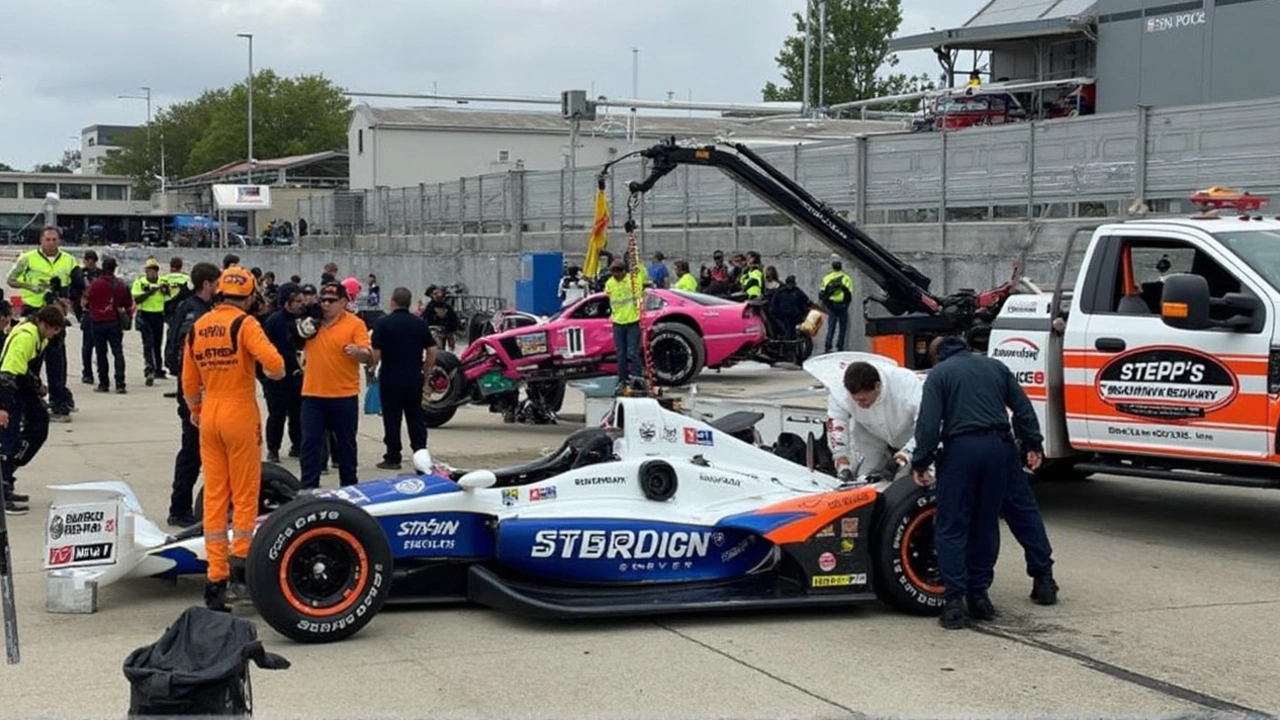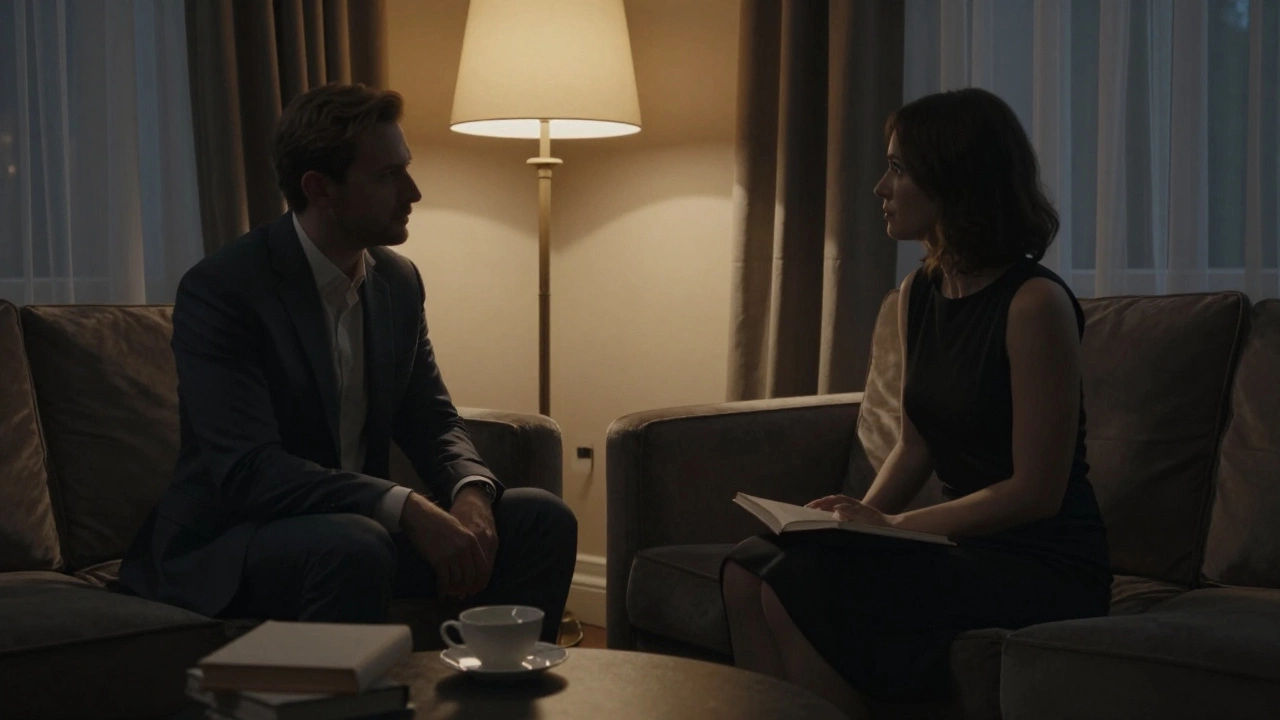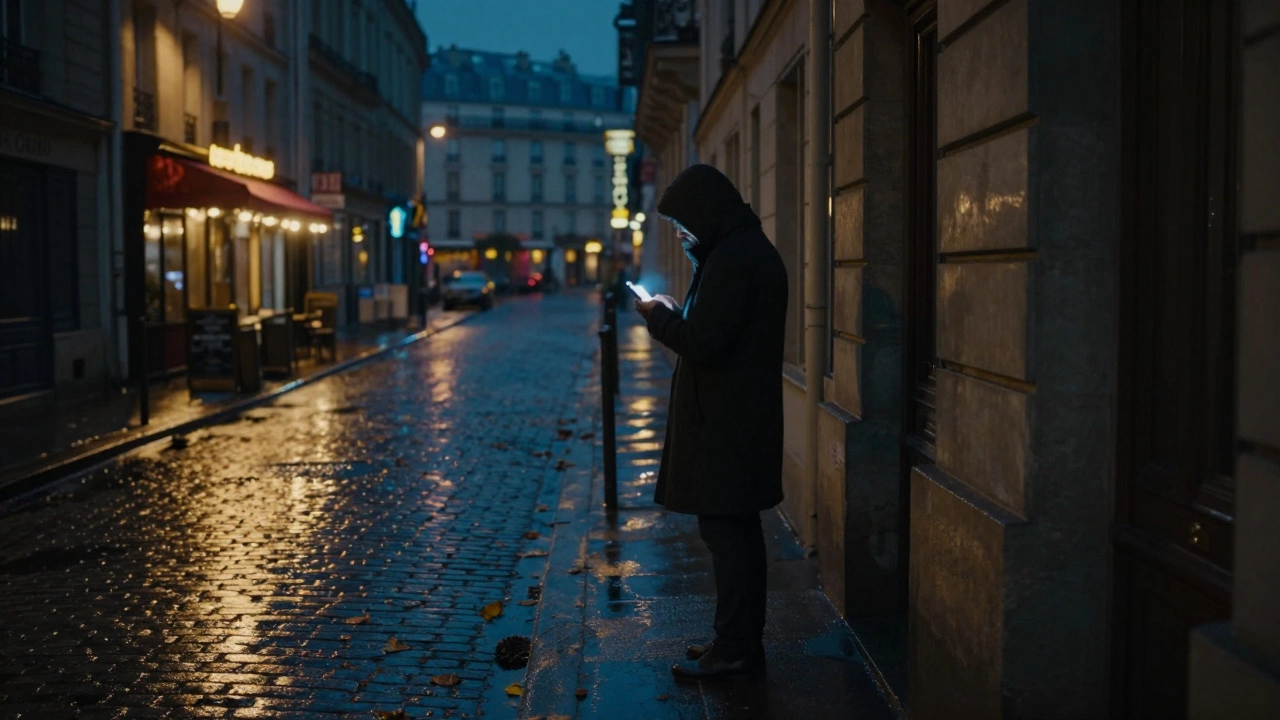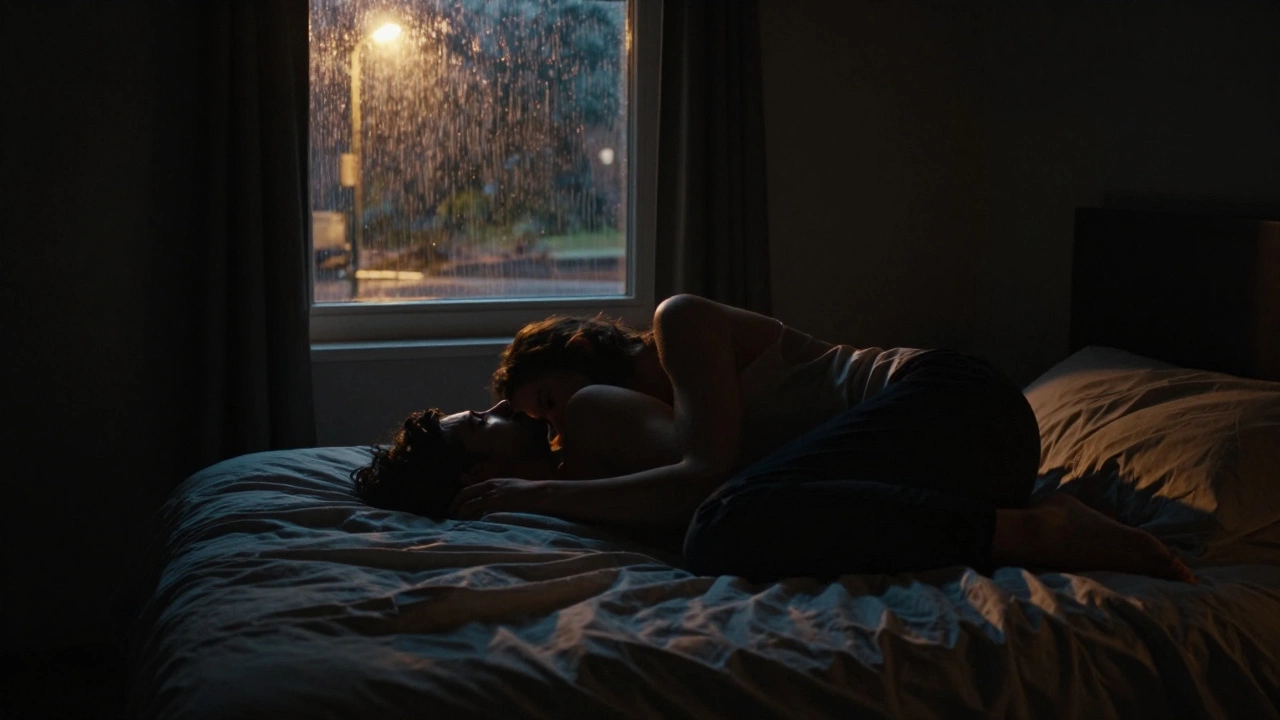Kyle Larson's Indy 500 Wreck: Ambition Meets Reality
When fans imagine what it takes to pull off 'The Double'—the grueling challenge of competing in both the Indianapolis 500 and NASCAR's Coca-Cola 600 in a single day—Kyle Larson is the modern daredevil who comes to mind. Larson's shot at racing immortality unraveled fast at this year’s Indy 500, thanks to a crash that ended his day on Lap 91 and brought more questions about the harsh edge of chasing two major racing dreams at once.
The trouble hit just after a restart, with Larson’s car firmly tucked into traffic and handling on a knife’s edge. As he went to downshift through Turns 1 and 2, the back end snapped loose. Larson’s car hurtled into the outer wall, and there was nowhere for Kyffin Simpson or Sting Ray Robb to go as both got caught up in the aftermath. Suddenly, an ambitious effort became a replay of last year’s bitter fate—another DNF in his bid to master both IndyCar and NASCAR's top events on the same day.
After climbing from his car, a visibly frustrated Larson didn’t sugarcoat what happened. He traced the disaster back to the restart intensity. Getting 'tight' behind Takuma Sato robbed him of grip, and running with the pack left him no margin for error. That’s a problem plenty of drivers face at Indianapolis, where the air and asphalt almost seem to conspire against anyone trying to make a bold move in traffic. Sting Ray Robb, involved in the same crash, backed up Larson’s take. He said the outside lane just didn’t have the bite needed to hang on. In the end, three drivers saw their months of work and ambition torpedoed in the span of a few seconds.
The Double Dream: Logistics, Heartbreak, and Hope
The idea of tackling both iconic races in a single day is as brutal as it is brilliant. Larson's attempt was timed down to the minute—with his NASCAR crew coordinating tightly with Arrow McLaren and Hendrick Motorsports to juggle car setups, travel logistics, and strategy. A well-timed rain delay at Indianapolis actually gave him a few moments to regroup and sort out travel to Charlotte, something that’s often far messier with the schedules these events keep.
But for all the planning, nothing could shield him from the reality of IndyCar. Larson's car was out. The streak of DNFs for his Indy 500 endeavors stood at two. Still, when it comes to mental recovery, Larson’s reputation for grit kicked in. Crew chief Cliff Daniels, who’s spent years watching Larson go back-and-forth across dirt ovals and paved superspeedways, said it best: the guy knows how to put disappointment in a box and move on. Within hours of the Indy 500 wreck, Larson was already thinking ahead, heading for the airport with a front-row starting spot for the Coca-Cola 600 in his pocket.
Switching from the famously tricky and light IndyCar to a heavier, thunderous NASCAR stock car on the same day isn’t just about having the right helmet. It’s a test of physical endurance, mental focus, and adaptation. Larson’s pit crews spent weeks prepping for every possible scenario—from emergency flights to backup plans in both series. There’s a reason only a handful of drivers in racing history have even tried this feat, let alone finished both events on the lead lap.
Despite the heartbreak at Indy, Larson’s willingness to roll the dice and test his limits keeps him in the spotlight. If anything, the failed bid makes his next attempt all the more compelling. After all, the challenge of Indy 500 redemption and NASCAR glory in one epic day is simply too good for a racer—and for fans—to resist.




